|
7 Essential Skill Building Rules for your Family Pup Every new dog skill taught can have many uses as replacements for problem behaviors so whether you're frustrated with your dog and want to teach him something new to replace a "misbehavior" or you want to teach your dog fun tricks for relationship building, there are 7 key rules to keep in mind when teaching your dog anything new!
0 Comments
Here's what you need to know, in order to get to better behavior with your dog
Whether you're questioning a problem behavior in your dog, you are wondering how to teach a new behavior, or you just brought home a new family member and are just wondering where to start, there are 5 important building blocks to making your way to better behavior with your dog!
11/25/2020 0 Comments Hosting a Thanksgiving meal?Here are some quick tips to keep your pup busy and safe during your feast!
Days like this are about the management, not the training. Hosting a meal or guests can be stressful enough. Use the day of to apply good management techniques and worry about changing any problem behaviors on another day
11/24/2020 0 Comments What's the behavior you want?When you are dealing with problem behaviors, there are two main directions you can go in, two paths to changing the behavior. Just like with kids, we can tell our dogs NO all the time, but it's exhausting. And it can be an uphill battle. So let's explore the two paths... Path A: Stop the problem behavior. Remove attention, remove access, give consequences (never physical). Tell your dog NO, don't do that. Stop running away. Stop begging. Stop jumping. Essentially, you have to wait for the behavior to happen so you can tell your dog not to do it. Or... Path B: Teach your dog a skill that is incompatible with the problem behavior. Your dog takes off with socks? Teach him to bring it. He can't run away with an item and bring you an item at the same time Your dog begs at the table? Teach him to stay on his bed. He can't beg and be in his bed at the same time Your dog runs away when you are trying to get him to come? Teach him to target your hand (touch your hand with his nose). He can't run away from you and offer that behavior at the same time What problem behavior are you dealing with? What could you intentionally teach your dog to replace that behavior? So Path A or Path B. It's your choice but I know what I would prefer! If you need help learning HOW to teach those replacement behaviors, that's exactly what my Elementary Pup Course in the Canine Homeschooler Academy teaches you
Imagine this...
Someone knocks. Your dog takes that as a cue to run to his bed and lie down. You can then open the door, let the person in, get settled, and release your dog to say hello Guess what? It is possible but it takes time. If you break that whole sequence down into small pieces, it's very do-able. 11/10/2020 0 Comments My favorite training toolDo you know what my favorite training tool is? I'll give you a few hints...
One tool that does all those things must be pretty expensive and special right? Whether you have a puppy, a teenager, or an adult dog playing the game of keep-away with what he found, you have two choices in the momentYou could jump on Path A: Catch your dog, take the item, and put it away or throw it away
or... You could jump on Path B: Grab a treat, offer it to your dog in exchange for what he stole, and then take the item Where does Path A take you? Where does Path B take you? They go in two very different directions! 11/4/2020 0 Comments The 3 Reasons Why Dogs JumpWhy does your dog jump? Before you can do anything about it, you need to know why it happensEvery behavior has a function with dogs. In the case of jumping, let’s look at what those functions might be so you can look at your own dog and breakdown which one(s) are most likely at play. Function #1: For attention Function #2: It feels good - It provides a Dopamine boost Function #3: To access to a resource In social animals, our attention plays an enormous role in our dog's behavior. They are often either trying to get closer to or further away from us. They are trying to increase or decrease distance. Attention seeking behaviors are distance-decreasing, by nature. There was a study done in 2012 (Dorey & al., 20128(11) that showed that dogs significantly decreased their jumping when access to what they wanted was not available for at least 20 seconds after jumping. Function #1: Attention SeekingWith attention-seeking dogs, they learn to jump when they realize that our eyes, face and hands (the things that give them the attention they want) are up above them. This starts at a young age when they tend to get reinforced for it more often because they’re little, and cute, and relatively harmless. Then they grow, and grow, and grow. Pretty soon, they’re still cute but a little less harmless when they jump! But while we changed the rules, we didn’t make that clear to them. We continue to reinforce the jumping, usually unconsciously.
10/31/2020 0 Comments Reasons why your dog keeps jumpingBoing, Boing, Boing! 🤦♀️ Does that describe your dog?
I hear it all the time. My dog won't stop jumping on me when I walk in the door. My dog gets so excited to see people and jumps all over them. My dog started stealing things off the counter now that he's big enough. I feel like I'm constantly pushing my dog off of me. While it's not a new problem for me to hear about, when you're in it, it can feel very overwhelming, embarrassing, and like you somehow created this problem... 10/28/2020 0 Comments Uncomplicate the behavior
What do Lego bricks have to do with dog training?
You can take a big behavior that you want to work on and pretend like it's a Lego creation. Within your giant Lego creation, you can take this really big behavior and if you just teach the little pieces, you're soon able to put that big behavior back together again. It's really solid because it has a really nice foundation to it. |
|
- Home
- About
- Blog
- Services
- Membership
-
Courses & Freebies
- All Courses
- FREE Boredom Buster Recipes
- COURSE: Building Resilience in your Family Dog
- COURSE: Managing the Leash Walk
- Potty Training COURSE
- Paws Off COURSE
- COURSE: Managing the Leash Walk
- FREE Attention Building Challenge
- FREE Scratchboard Training
- FREE Rest and Recovery Round-Up
- FREE Body Language 101
- Contact
- Home
- About
- Blog
- Services
- Membership
-
Courses & Freebies
- All Courses
- FREE Boredom Buster Recipes
- COURSE: Building Resilience in your Family Dog
- COURSE: Managing the Leash Walk
- Potty Training COURSE
- Paws Off COURSE
- COURSE: Managing the Leash Walk
- FREE Attention Building Challenge
- FREE Scratchboard Training
- FREE Rest and Recovery Round-Up
- FREE Body Language 101
- Contact
Search by typing & pressing enter
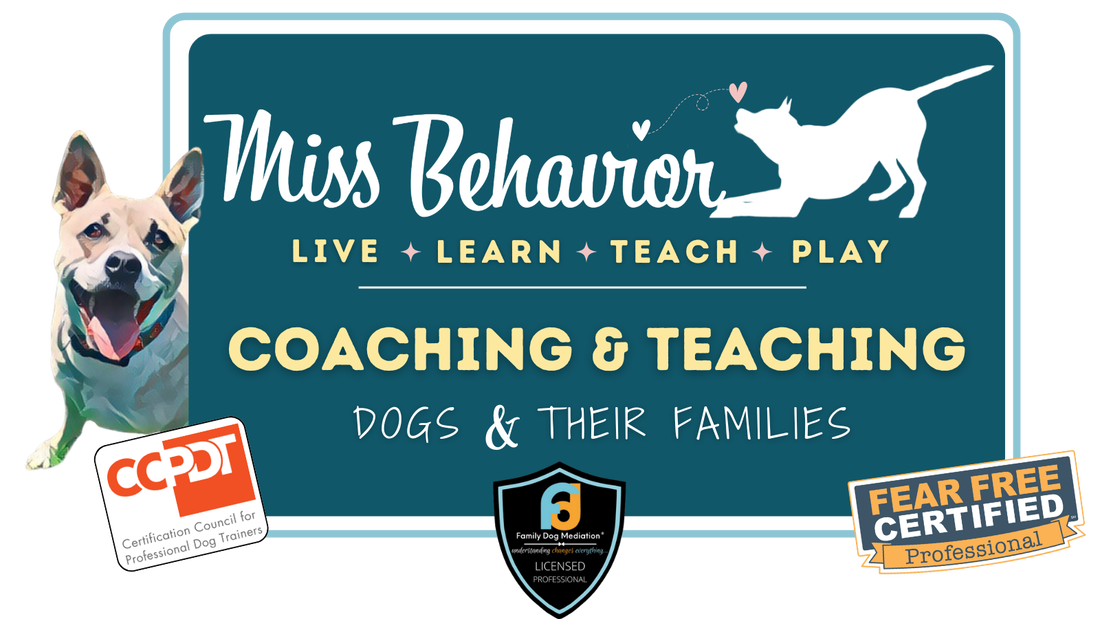

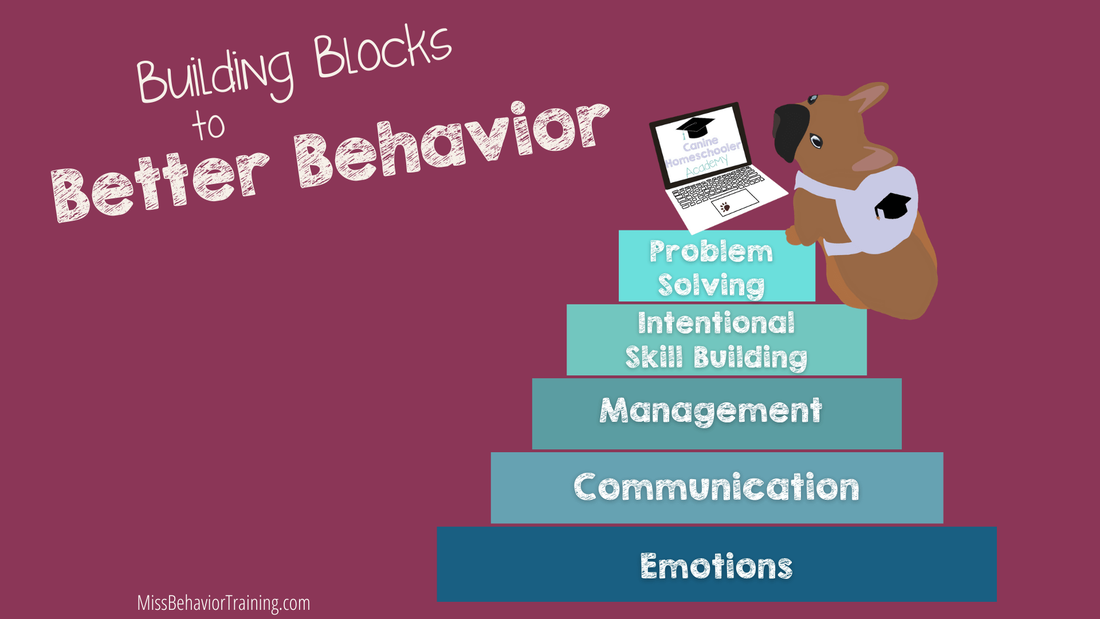







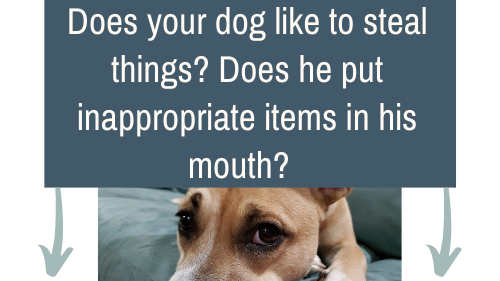

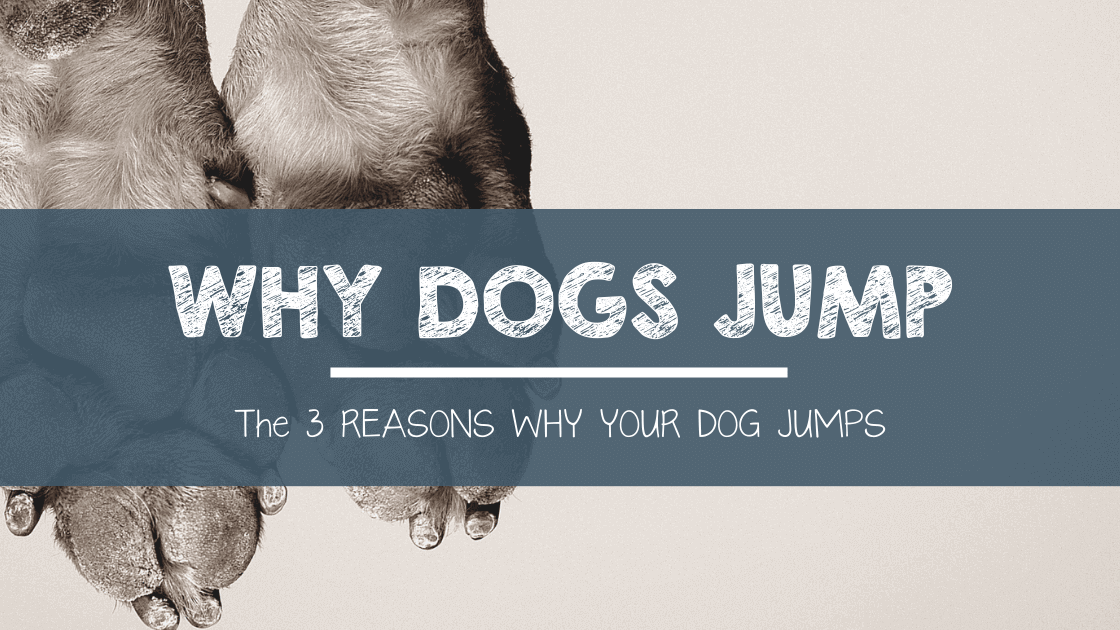

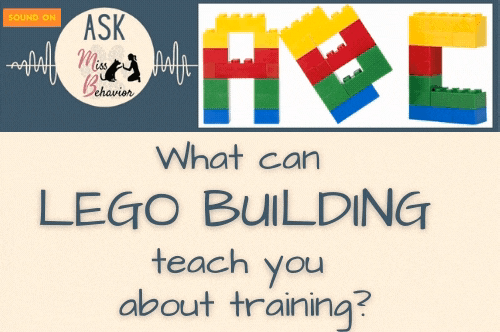

 RSS Feed
RSS Feed





